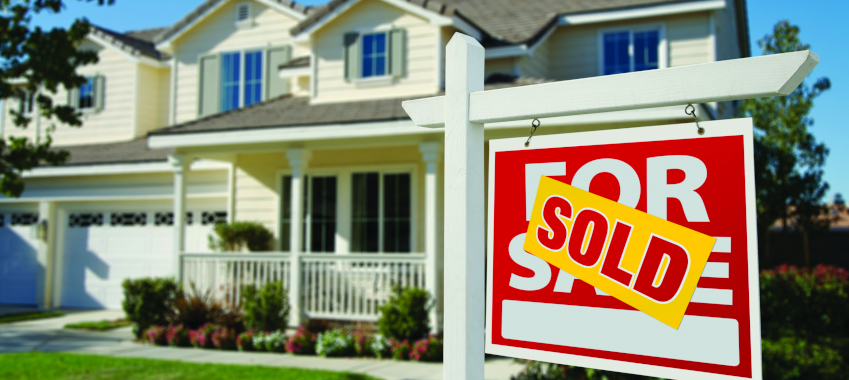
The value of Australia’s residential dwellings rose by $487 billion to $9.25 trillion in the September quarter, according to the latest ABS figures.
The Australian Bureau of Statistics (ABS) has confirmed that the total value of Australia’s 10.7 million residential dwellings has risen to over $9 trillion for the first time.
To continue reading the rest of this article, please log in.
Looking for more benefits? Become a Premium Member.
Create free account to get unlimited news articles and more!
Looking for more benefits? Become a Premium Member.
The value of residential property rose to $9.25 trillion in the September quarter 2021.
The surge has come just seven months after reaching $8.1 trillion in value in May.
NSW accounted for 40 per cent, or $3.7 trillion, of Australia's total value of dwellings.
Overall, the mean price of residential dwellings in Australia rose to $863,700, with the average price of residential dwellings in NSW reaching a record level of $1.1 million.
The second-highest mean price was in the ACT at $949,700, followed by $920,800 in Victoria. The lowest mean price was in the Northern Territory at $476, 900.
Michelle Marquardt, the head of prices statistics for the ABS, commented: “The value of Australia’s dwelling stock has risen by nearly $1 trillion in the past six months. By comparison, the previous increase of just over $1 trillion took 15 months, rising from $7.2 trillion in the December quarter 2019 to $8.4 trillion in the March quarter 2021."
It comes after more than 91 per cent of property resales during the June quarter recorded a nominal profit-making gain from the previous price, the highest level of profitability in over a decade.
Residential property prices rose 5.0 per cent in the September quarter of 2021. House prices rose 5.7 per cent, while attached dwelling prices rose 3.1 per cent.
Hobart, Canberra and Sydney yield the biggest surge in residential property value
Residential property prices in the capital cities rose by 21.7 per cent on average in the past 12 months to the September quarter.
A 12 per cent rise in attached dwellings (flats, units and apartments and terrace houses) was outpaced by a 25.4 per cent increase for house prices.
Hobart, Canberra and Sydney experienced the highest residential property increase of more than 25 per cent making it the largest annual rise since the Residential Property Price Index series commenced in the September quarter of 2003.
While Brisbane, Adelaide and Melbourne experienced a 19 per cent increase, Perth was 15.7 per cent and Darwin saw a rise of almost 14 per cent.
Ms Marquardt said the results were consistent with housing market conditions.
“Continued solid growth in residential property prices was supported by record-low interest rates, strong demand and low levels of stock on the market,” Ms Marquardt said.
Given that COVID-19 restrictions were imposed in Sydney, Melbourne and Canberra over the September quarter, the number of residential property transactions fell in all three cities, with Melbourne the most heavily affected.
[Related: Valuation fluctuation: The rise and fall of property values]
 Login
Login








JOIN THE DISCUSSION